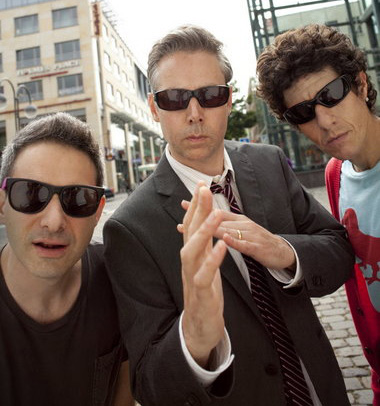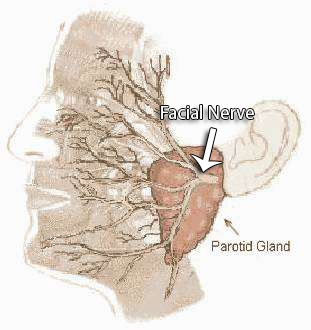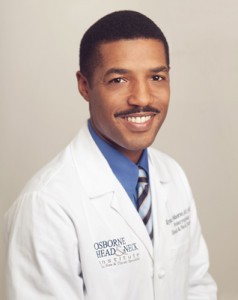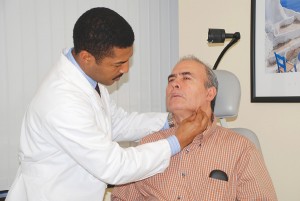- India Medical Mission 2018 - November 1, 2018
- Sleep Disorders: Sleep Apnea and Upper Stimulation Therapy - August 25, 2015
- The Naked Vocalist Podcast Featuring Dr. Reena Gupta - May 27, 2015
- New Therapy for Sleep Apnea – First Sleep Pacemaker placed in California at Osborne Head and Neck Institute. - December 12, 2014
- Boxer’s Ear: Can your ear explode? - December 12, 2014
- Nose Picking (Rhinotillexis) and Septal Perforations: Why I should stop picking my nose…? - November 24, 2014
- Deviated Septum and Septal Perforation - July 28, 2014
- Hereditary Hemorrhagic Telangiectasia: Nasal Septal Perforation Repair - June 25, 2014
- Dr. Mantle recognized at the Beverly Hills Medical Science Academy Awards - May 8, 2014
- Commonly Misdiagnosed Pathologies: Arteriovenous Malformations - April 9, 2014

In the wake of the death of Beastie Boys singer Adam Yauch, there have been many questions about parotid cancer. As a specialist in the treatment of benign and malignant salivary gland disease, this is something that comes into my office on a daily basis. This tragedy can teach us much about salivary gland cancer and it is important to learn about these diseases, so that when they touch us, we are prepared.
What is the parotid gland?
The parotid gland is a salivary gland that is located in the face, in front of the ear. When you eat, saliva is produced to aid in digestion of the food in your mouth. The parotid gland produces the majority of this saliva. The other salivary glands, the submandibular and sublingual, produce the rest.

It is very important to understand that the facial nerve, that allows you to move your face, travels within the parotid gland.
Therefore diseases that affect the parotid gland can affect your ability to move your face.
How common is parotid cancer?
Parotid tumors are not as rare as one would think. However, the vast majority of tumors that occur in the parotid gland are benign, meaning they are not truly cancer. Those that are malignant (cancer-containing) are more rare but are often more dangerous and potentially fatal when they do occur.
How is parotid cancer diagnosed?
The most common symptoms of parotid cancer are:
- A lump in the cheek, neck or mouth
- Pain in the face or neck
- Twitching or weakness of the facial muscles
- Paralysis of the face
The only way to diagnose a parotid tumor is to have a thorough examination by a salivary gland specialist, have a fine needle aspiration (FNA), and to have imaging done (usually MRI).
What doctors are not aware of is that an FNA is often inaccurate in the case of parotid tumors. The results are often said to be benign when, in reality, the tumor is malignant.
With experience, a surgeon can ascertain whether or not a tumor has malignant signs and determine if removal is necessary. Imaging, patient examination characteristics, and features of the FNA are all merely aids to the surgeon. Clinical experience with a large volume of parotid disease is the final piece that allows correct interpretation and treatment of the patient.
However, there are very few truly experienced salivary gland surgeons in the world. This makes the decision of whom to have evaluate you that much more critical. If the wrong decision is made, you risk undertreatment of a cancer with future spread, and possible death.
How do I find the right surgeon?
It is very difficult to find an experienced surgeon. When looking for a surgeon, you should ask certain questions to determine if they are the right doctor for you.
More details about how to find a parotid surgeon can be found here.
Read patient stories about Dr. Osborne and Dr. Hamilton
from the Salivary Gland Center, at the Osborne Head & Neck Institute
To learn more about Sialendoscopy and Dr. Ryan Osborne & Dr. Jason Hamilton, visit: http://www.parotid.net.




